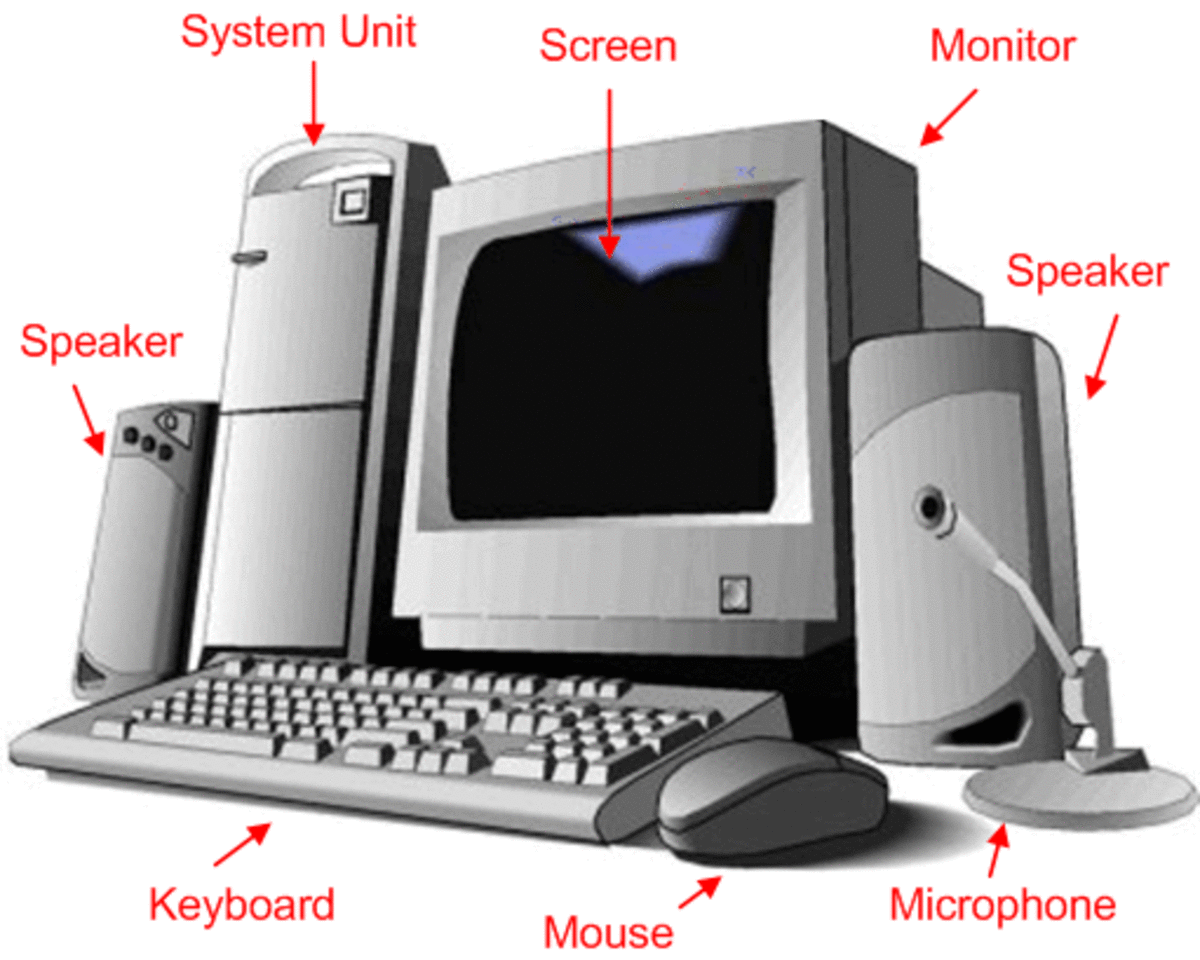In today’s technology-driven landscape, a demand for computer parts is on the rise. Nonetheless, numerous educational institutions and people are looking for additional budget-friendly alternatives to meet this need. Surplus computer parts present an great opportunity not only to save money but also to utilize valuable resources that would otherwise to waste. These components can be the ideal solution for schools and students looking to build or upgrade computers without breaking the bank.
Comprehending how to explore the world of surplus computer parts can be a game-changer in education. Equipped with the right knowledge and guidance, anyone can find top-notch components that improve learning environments and foster hands-on experience with technology. From choosing the best used motherboard to verifying the performance of surplus RAM, this definitive guide will provide tips on how to choose effectively, what aspects to take into account, and how to identify the greatest deals, ensuring a rewarding experience for all involved.
Purchasing Leftover PC Components
Surplus computer components are an excellent source for hobbyists, trainers, and anyone looking to create or improve a system without breaking the bank. These elements, often obtained from companies upgrading infrastructure or users organizing, provide an opportunity to acquire premium components at a reduced rate of the initial cost. However, understanding how to manage the world of surplus materials is crucial for making smart acquisition choices.
When you start shopping for leftover computer parts, it is essential to recognize what you're searching for. Quality assurance is critical, so make yourself familiar yourself with important metrics and standards for every piece. Whether you’re seeking a second-hand main board, video card, or memory, knowing the current market trends and standard pricing can help you identify a good deal versus a potential rip-off.
Ultimately, it’s important to consider the quality and fit of the excess pieces you are considering. Not all excess pieces are produced the same; some may have experienced considerable use and may not work optimally. Learn how to assess the condition of different parts, including looking for physical flaws, verifying efficiency, and ensuring integration with your existing hardware. By abiding by these guidelines, you will empower yourself to to make knowledgeable judgments, securing that your investment in surplus PC pieces produces excellent value.
Crucial Suggestions for Testing and Testing Components
When considering excess computer parts, it's crucial to assess each component's state and functionality carefully. Start by inspecting the outward appearance for any signs of usage, deterioration, or rust. Components like mainboards or power supplies should not have visible burn marks, swollen electrolytic capacitors, or loose joints. Be mindful of the sanitation of the parts as well; debris and dirt can point to improper storage or neglect, which may influence functionality.
Testing is a key step in evaluating surplus components. If possible, use suitable systems to check the operations of random access memory, GPUs, and CPUs. Perform stress tests to ensure they can handle the necessary load without overheating or failing. For hard drives and SSDs, check for data transfer rates as well as any possible bad sectors. Utilizing testing equipment can uncover underlying issues that might not be visible from a basic visual inspection.
Compatibility is another consideration to take into account when evaluating surplus parts. Always verify that the components will function with your existing setup. Check specifications such as CPU socket types for CPUs and RAM compatibility with mainboards. Additionally, verify that https://www.fcsurplus.ca/shopping/products/c376-computer-equipment/ , such as the power unit and cooling systems, are appropriate for the components you're considering. By following these recommendations, you can make knowledgeable decisions and increase the benefit of your excess computer parts.
Boosting Value: Intelligent Strategies for Choosing Excess Equipment

While delving into the realm of the sphere of surplus computer components, having a clear approach can significantly enhance one's chances of acquiring top-notch components at the optimal costs. Begin by conducting thoroughly investigation on the specific parts you need. Familiarize oneself with the essential specifications, fitting requirements, and the existing cost of these parts. This knowledge will empower the buyer to find good offers and help the buyer avoid overpaying or purchasing inferior parts.
After that, utilize reputable vendors for any surplus purchases. Seek out companies, online sites, or forum forums that concentrate in excess devices. Customer testimonials and evaluations can deliver valuable knowledge into the credibility of vendors. Additionally, inquire about return guidelines and coverage, as these aspects can grant security if a part does not satisfy your standards or malfunctions after purchase.
Ultimately, cultivate a discerning ability for possible warning signs. Review parts meticulously for any signs of defects, wear, or subpar condition, which may impact their effectiveness. Use available resources and resources to evaluate parts whenever practical, ensuring they meet your needs before completing a purchase. By being careful and thoughtful, you can optimize the benefit of any extra electronic components, converting it into a valuable resource for one's academic or personal projects.
